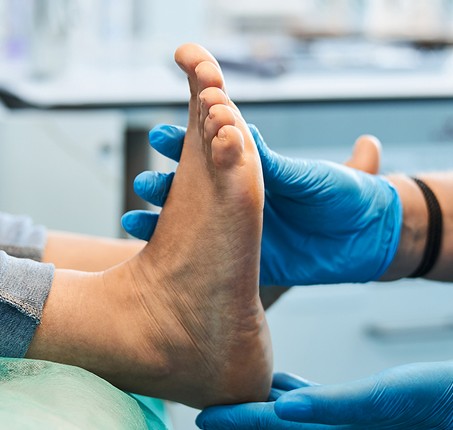Let’s talk about something that doesn’t get enough love in the mobility conversation: the cane. For many people, using a cane can be a life-changer—it adds stability, reduces pain, and makes everyday movement more manageable. But despite all that, there’s often a cloud of embarrassment or shame that hangs over the idea of using one.
Here’s the truth: there’s no shame in doing what your body needs to feel supported.
If you’re considering using a cane—or already do—but find yourself feeling self-conscious about it, you’re not alone. But let’s reframe that mindset, one step at a time.
Why You Might Need a Cane (And Why That’s Totally Okay)
First things first: needing a cane doesn’t mean you’ve “given up” or “let yourself go.” People of all ages use canes for a wide range of reasons—chronic pain, injury recovery, balance issues, fatigue, joint problems, or long-term conditions like arthritis or Ehlers-Danlos Syndrome. It’s not a failure; it’s a solution.
Think of your cane like any other health tool. Glasses help you see. Inhalers help you breathe. A cane helps you move safely. It’s that simple.
How to Use a Cane Properly
A lot of people don’t realize there’s a right way to use a cane. Here’s a quick guide:
-
Hold it on your stronger side. If your left leg is injured or weaker, hold the cane in your right hand. It might feel counterintuitive at first, but it helps balance your body better.
-
Step with the cane and your weaker leg at the same time. This keeps your weight distributed evenly and makes walking smoother.
-
Adjust the height. A cane should allow your elbow to bend slightly (around 15-20 degrees). If it’s too high or low, it can cause strain.
You can always ask a physical therapist for a quick walk-through to make sure your setup is right.
Tackling the Mental Hurdle: “What Will People Think?”
Let’s be honest: this is often the hardest part.
We live in a culture that idolizes youth, independence, and “pushing through.” That can make using a cane feel like a public declaration of weakness—even when it’s actually a smart, healthy choice.
Here’s the thing: people might look. That’s out of your control. But their assumptions don’t define you.
Instead of hiding your cane, own it. Make it a part of your look. Customize it, if you want—there are so many options now beyond the standard medical-issue styles. Wooden canes, patterned designs, even foldable ones for on-the-go use. Find one that feels like you.
Remind yourself: you’re using a cane not because you’re weak, but because you’re listening to your body. That’s strength.
Words of Encouragement
If you’re feeling nervous or embarrassed, that’s valid. Change is hard. But you deserve to move through your day with as little pain and as much confidence as possible.
You are not alone. More people use mobility aids than you think, even if they’re not visible in every social setting. And every time you walk into a room with your cane, you’re helping normalize something that absolutely should be normalized.
So take that next step—literally and emotionally—with your head held high. Your cane isn’t holding you back. It’s helping you move forward.




